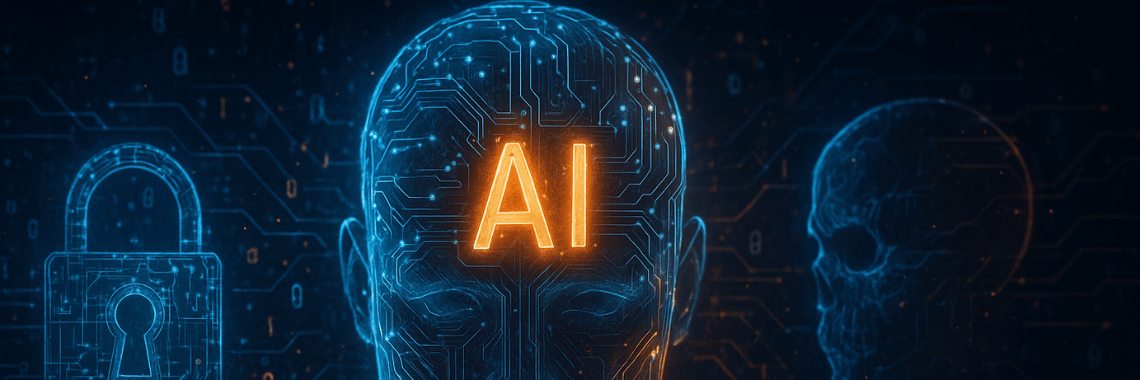Artificial Intelligence vs. Cyber Threats: Defend Yourself Before It’s Too Late

By Jason Juul - 08/07/2025 - 0 comments
💥 From Deepfake Deception to AI-Powered Attacks — This Isn’t Just the Future, It’s Now.
In today’s hyper-connected digital world, artificial intelligence isn’t just revolutionizing industries—it’s reshaping the battlefield of cybersecurity. As much as AI is used for good, cybercriminals are using it to launch sophisticated attacks with frightening speed and precision. In this article, I’ll break down how AI is being weaponized, what threats you need to watch out for, and what steps you can take to protect yourself before it’s too late.
🔎 The Rise of AI-Enhanced Cybercrime
AI has moved from the theoretical to the practical. Attackers are no longer relying on outdated phishing emails or brute-force hacks. They’re using generative AI to create believable fake personas, clone voices, and write convincing emails that can manipulate even the most vigilant individual.
Deepfakes, for instance, have become a mainstream threat. A cybercriminal can now use AI to generate a convincing video or audio message from your CEO, requesting a wire transfer. These aren't random scams—they're tailored, well-timed, and hard to distinguish from reality.
🧠 Phishing Gets a Brain
Traditional phishing attacks relied on generic messages and poor grammar. Not anymore. With tools like WormGPT and FraudGPT, attackers are generating perfect, personalized phishing emails. These emails are context-aware, grammatically flawless, and increasingly difficult to flag—even for seasoned IT professionals.
AI is also being used to scrape your social media, analyze your language, and build psychological profiles. Think of it as phishing with a PhD—smart, patient, and relentlessly targeted.
🛡️ Defensive AI: Fighting Fire with Fire
Thankfully, cybersecurity isn’t standing still. Defensive AI is evolving to meet these threats head-on. Tools like Vastav AI use behavioural biometrics and metadata for deepfake detection, while services like Deepfake Live Protection offer real-time alerts for suspicious media.
These systems rely on machine learning to detect patterns humans might miss—subtle discrepancies in voice tone, lighting inconsistencies in videos, or keyboard typing cadence. As the attacks grow more advanced, so must our defence systems.
💡 How to Stay Ahead
Here are practical steps you can take today:
-
Verify Always – Whether it’s a video message, a voice call, or an email—verify the sender through a secondary channel.
-
Enable MFA (Multi-Factor Authentication) – Especially ones that use biometrics or behaviour-based signals.
-
Educate Your Team – Awareness is your first line of defence. Run phishing simulations and keep your staff trained.
-
Use AI Defences – Tools like Vastav AI or behavioural detection platforms are no longer optional for businesses.
-
Stay Skeptical – If it feels off, it probably is. Trust your instincts and double-check everything.
🔚 Final Thoughts
Artificial Intelligence has changed the rules of the cybersecurity game. The line between real and fake has blurred, and the stakes have never been higher. As someone who’s seen the inside of both sides of digital warfare, I can tell you this: being reactive is no longer enough.
Be proactive. Be prepared. Be protected.
👉 Read more at jasonjuul.com and take the first step in reclaiming your digital safety.
Tags: AI, cybersecurity, deepfake, phishing, cyber threats, AI-powered attacks, deepfake detection, digital security, identity theft, Vastav AI
